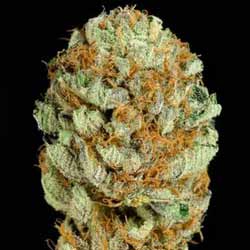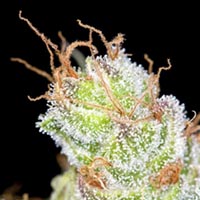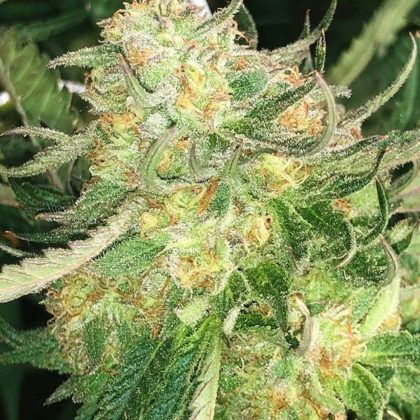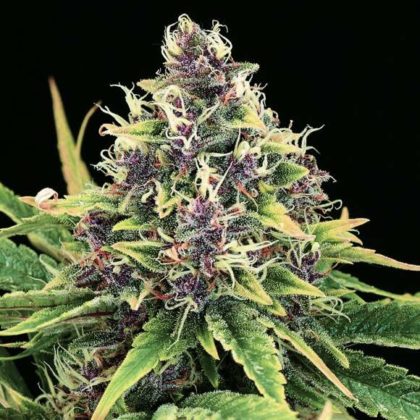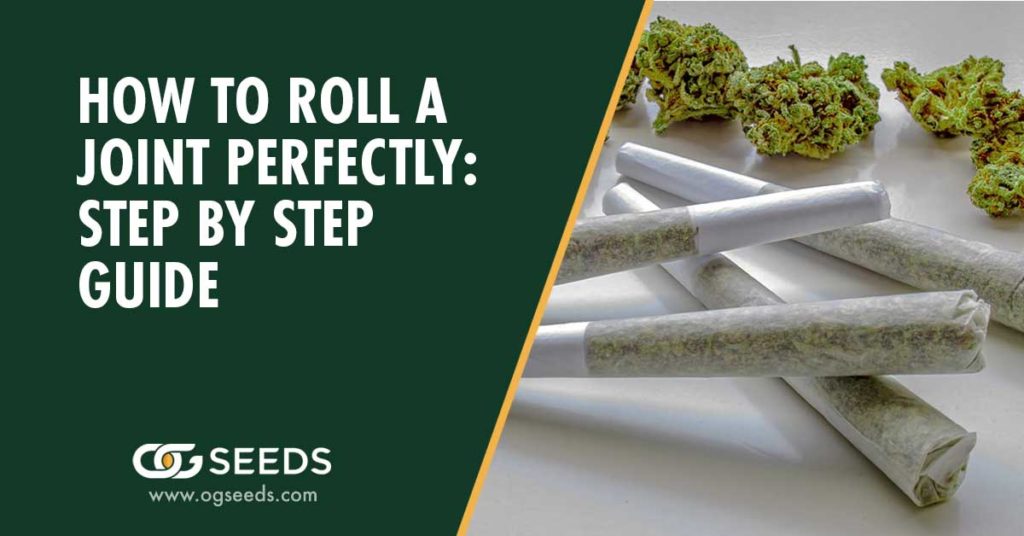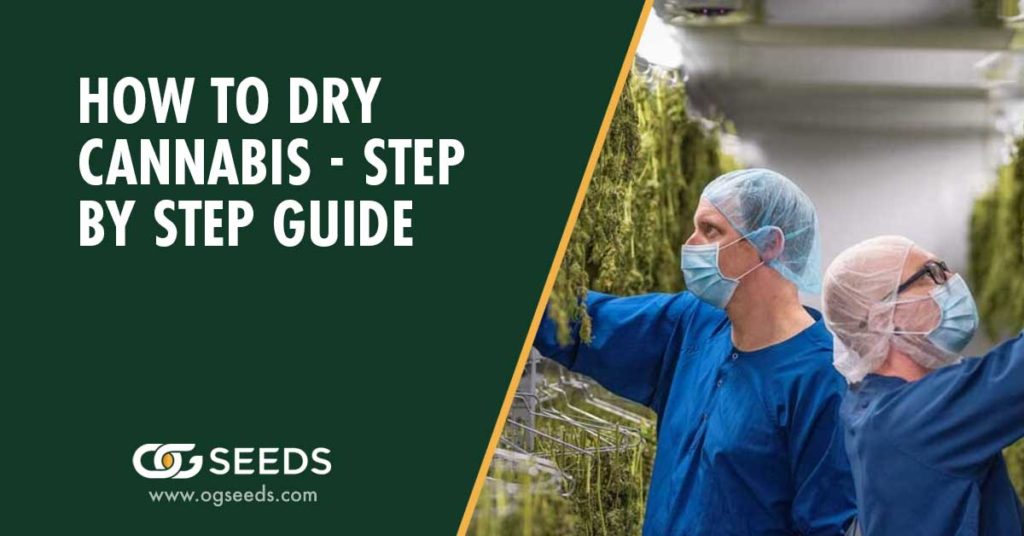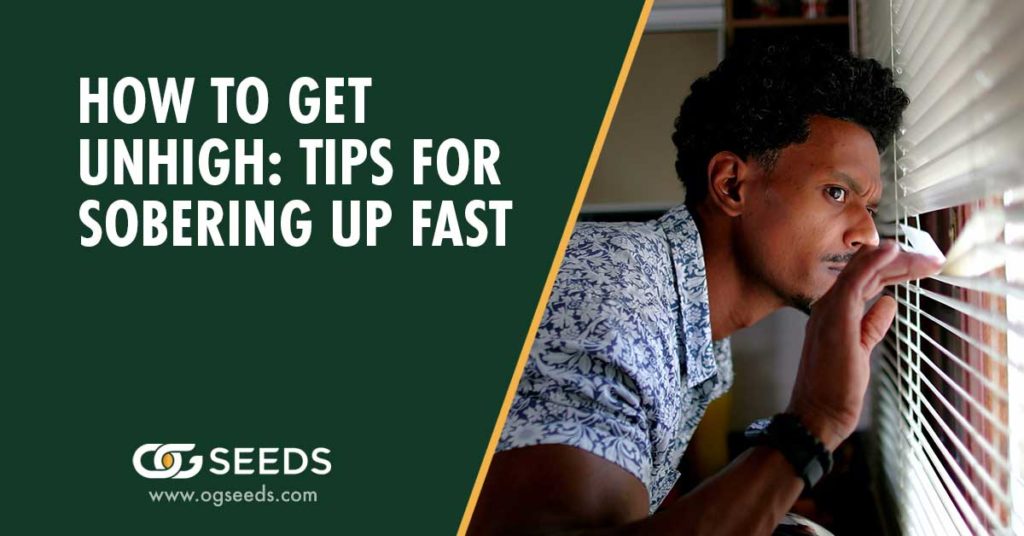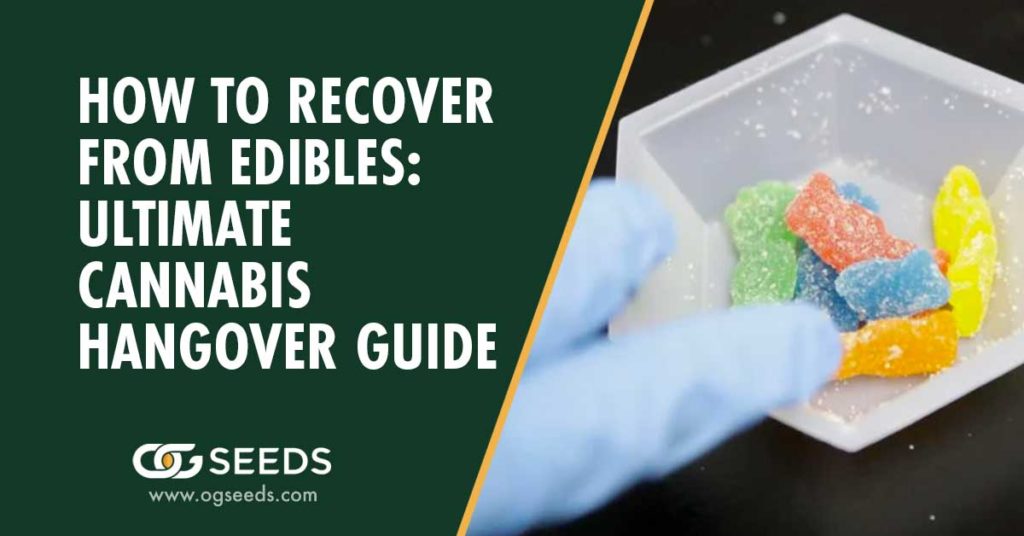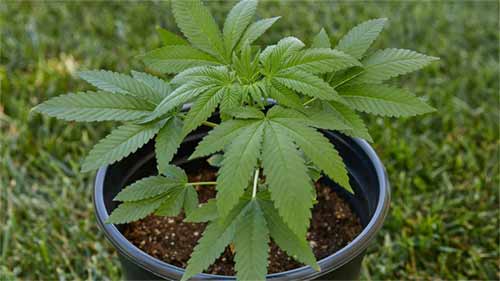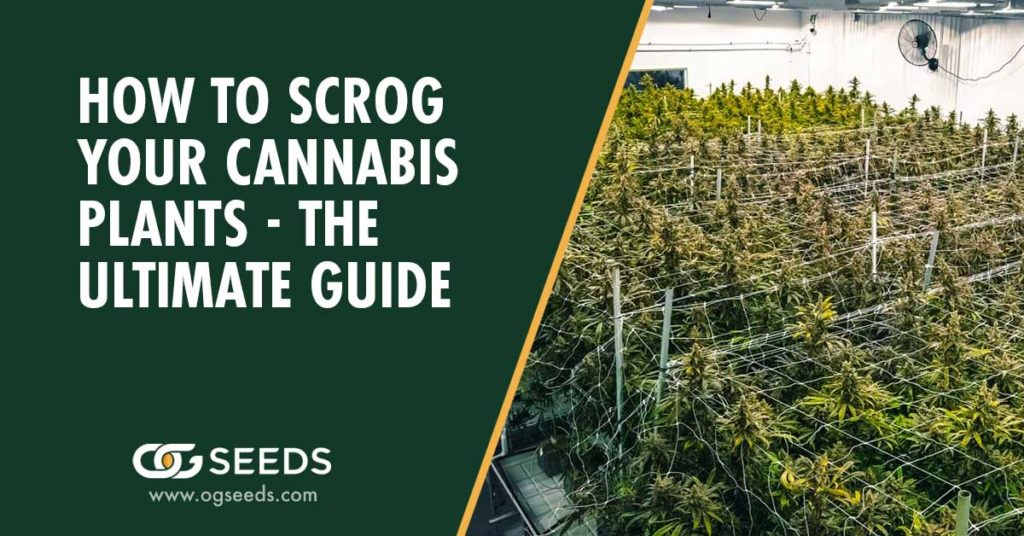
How to Scrog Your Cannabis Plants – The Ultimate Guide
This guide will highlight the pros and cons of SCROG growing, so you can see if it suits the needs of your grow.
“Screen of Green” (SCROG) is a Cannabis-growing technique that uses nets or wire mesh to control plant height. This is a method of low-stress training for growing Cannabis plants.
This is what growers mean when they speak of “SCROGing,” “scrogging,” or “scroggin” a plant.
To make matters more confusing, Scrogging is commonly confused with SOG (Sea of Green), which is totally different. This growing method entails growing dozens (maybe even hundreds) of very short plants.
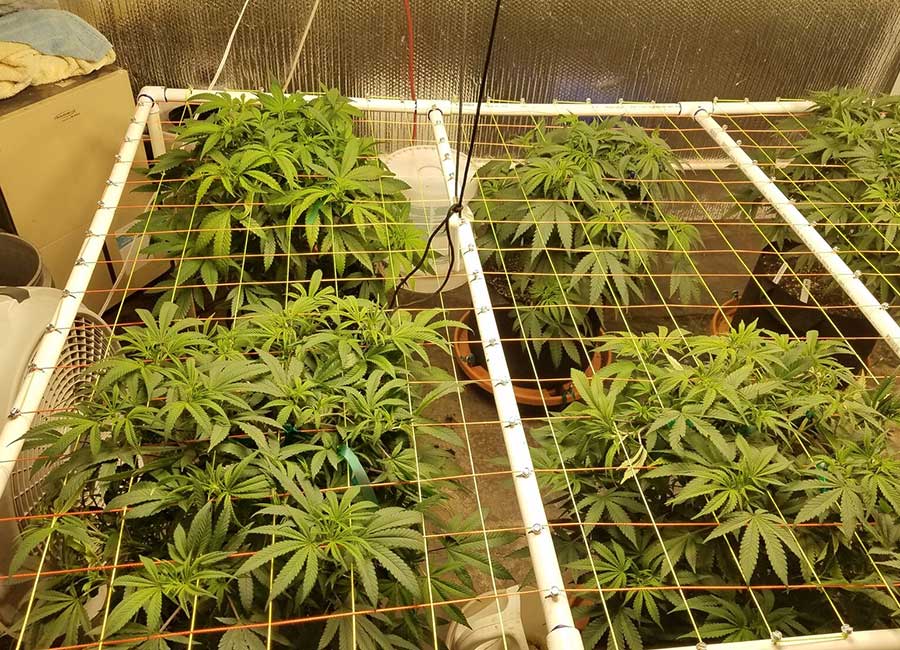
Table of Contents
What Is The SCROG Growing Method?
When growing cannabis, Scrogging is effective for many different reasons. The main advantage is that it maximizes your grow space and produces higher amounts per square meter of grow space. This growing method is ideal for cultivators with limited vertical room or rooms with lower ceilings. Overall, this is a very simple process that gives your garden more even light exposure. In addition to these benefits, it reduces energy consumption and waste.
This method also produces better ventilation throughout your grow room and improved airflow beneath the canopy. You will also seal larger colas, frostier trichomes, and better resin production due to the greater light exposure your canopy will receive.
At its core, ScrOG growing involves placing a screen of netting between your growing lights and your growing medium.
What Are The Benefits Of SCROG Growing?
Scorgging helps restrict vertical growth, allowing the branches to grow horizontally. This is done by weaving taller branches downward and outward using a screen. From here the lower branches get tied up and outward, producing one even canopy through which your plant will receive even light distribution.
Compared to traditional growth methods, the cannabis SCROG technique improves light exposure to the lower parts of the plant. Traditional growing methods tend to produce fat buds at the top of plants while the lower branches decline in size and density due to receiving lower light exposure. With this method, fewer plants are grown, but a greater amount is achieved. This method’s claim to fame is that it makes it simple to get the plant’s energy to the best parts with regard to the branches you tie down.
This method makes it simple to get the plant’s energy to the best parts with regard to the branches you tie down. This is a more efficient way to grow since it helps your grow to produce less waste and use less energy.
What is topping and pruning and why is this necessary for scrogging cannabis?
In order to promote horizontal growth through the cannabis plant SCROG method, there are a couple of steps that are required to help move your cannabis plants in the right direction! “Topping” is the first of these steps and is also known as ‘pinching’, which basically means removing the top of the plant.
This step is necessary for Scrogging Cannabis plants. It will free up the other parts of the plant to be tied up, and your Cannabis plant can direct its energy to those other parts rather than to its crown. Since it does not need to direct all of its energy to its crown, it will be able to direct that same energy to the other branches, leading to more bountiful amounts and higher potency cannabis with a fully developed terpene profile.
How does Scrogging cannabis work and why do we need topping and pruning?
A couple of steps are required to encourage horizontal growth in cannabis plants through the SCROG method. The first step consists of removing the plant’s top, also called “pinching” or “topping.”
Scrogging aims to evenly distribute the buds across the growing space, which requires training the cannabis plant. To ensure the canopy develops evenly and maintains the same height across the plant, the grower must be proactive with crop management. Taking the time to weave those stems ensures the canopy develops evenly.
The Screen of Green (SCROG) cannabis plant training technique maximizes amounts per square foot. As each plant grows through the screen, start to direct them into the nearby openings. Do not tuck the seedlings towards the holes directly above them, but rather the next one away to start initiating the horizontal growing process.
Maximizes grow space; ideal for limited vertical room.
Reduce Maintenance Responsibility – While Scrogging can be more intimidating in the beginning, it will ultimately reduce in less maintenance for your grow, allowing you to focus on more pressing matters to have better quality Cannabis.
Maximize Your Space & Spread Your Canopy – Any Cannabis grow that utilizes low-stress training will amount much more efficiently in that its vertical space will be used to the best of its ability. There exists some debate as to whether this is best done by growing many small plants (Sea of Green) or by Scrogging several larger ones. There is no one size fits all answer to this question.
Maximize Your Cannabis amounts – Compared to grows that do not implement this method, you will have much more cannabis per square meter of grow space.
Grow Fewer Immature Buds or “Larf” – Compared to grows that do not scrog or use Sea of Green growing strategies, you will have more mature buds and less discarded product, again making your grow more efficient while producing more desirable Cannabis.
Increase Aeration & Airflow – With any Cannabis grow, ventilation and airflow are crucial elements. Scrogging and other low-stress training growing methods can help with this when implemented properly. A better-ventilated grow is much less likely to attract unwanted attention compared to one that has bad airflow.
Is SCROGGING Right for Your Grow Setup?
Scrogging has multiple advantages compared to SOG growing. Scrog has been shown to be very well-suited for sativa strains. Since Scrogging has lower plant numbers than a SOG setup, it is well-suited for growers who live in states with restrictions on the number of plants a grower can have. Scrogging is possible to do with both seeds as well as cutlings, although you can have issues when you don’t start your plant straight from cannabis seeds. It does take longer than the Sea of Green growing method.
Scrog grows are popular with cultivators since it allows maximum amounts from a minimum number of plants. By scrogging properly, you can grow one or two plants ( grown in large pots to maximize root space ) and rapidly fill a grow space.
Will bending and twisting branches damage the cannabis plant in a SCROG grow?
In short, the answer is no. As long as you are gentle with your Cannabis plants, they will be quite versatile and hardy when in the vegetative stage. The bending and twisting you will do to the branches of your plant will not harm the plants whatsoever. When scrogging for the first time, you will likely be concerned that you have harmed your crop since your garden will be all mangled together and it won’t feel natural right from the start.
To maintain adequate air circulation and light exposure, you should not overcrowd the holes of your screen with too many branches. Weave back the tops of the plants daily to encourage them to grow laterally.
Cannabis branches are not like runner beans or hops, so you’ll have to weave them manually through the screen. Scrogging your Cannabis plants will likely be very beneficial for your plant growth.
As your plant grows, each cannabis plant should have around 10 to 20 branches going through the screen…
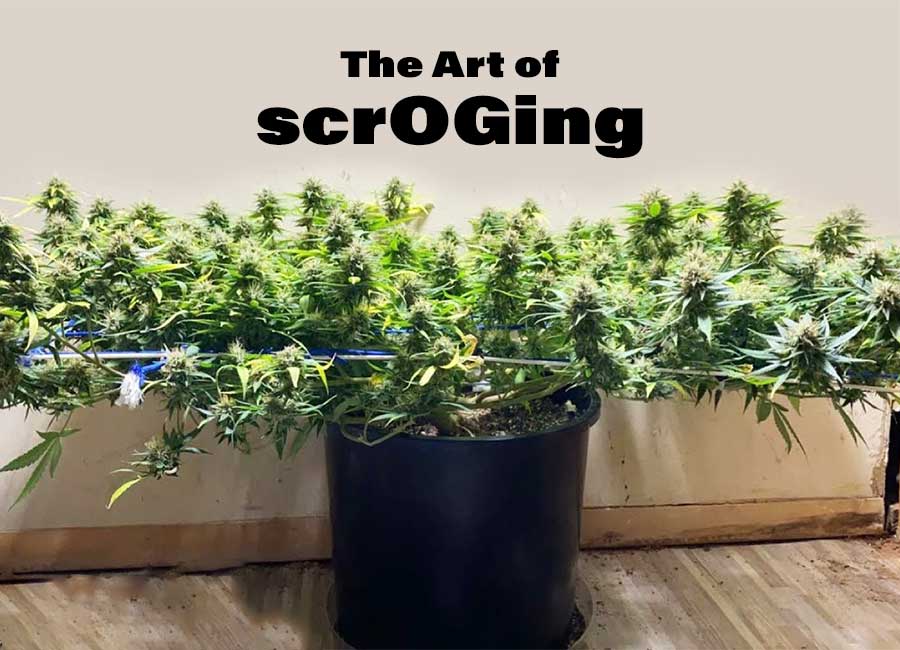
Should You SCROG?
The use of screens facilitates plant training, which results in short, bushy plants with the most bud sites in the best light zone. It is common for canopies to be larger than 2’x2′ when there are longer veg periods.
Since the plant training is facilitated by screens, this results in short bushy plants with virtually all target bud sites in the best lighting zone. Growers worldwide swear the ScrOG method can produce 2 to 3 times the amount of traditional growing methods.
This method can be applied to most types of cannabis plants but is particularly useful for sativa varieties that naturally stretch toward the light (creating space issues in a grow tent).
When To Use The SCROG Method In Your Grow
Don’t weave or tuck your plants too early. You might be tempted to rush ahead, but if you do, they will only grow beyond the screen. You will have to do more work if you train your plants into the mesh too early during the vegetative phase, which may even cause you to run out of room on your grid.
Your Cannabis plants will produce more amount and a better canopy when trained to grow horizontally, which is better for your growing space when you have a limited amount of vertical space. If you let them grow vertically in a situation like this, you may end up running out of vertical grow space.
When Not To SCROG Your Cannabis Plants
SCROG Grow Set Up Directions
Scrogging can be broken down into 4 easy steps!
- First, screen your green. The screen is an essential component of the Scrog method.
- Once your screen has been installed, it’s time to weave your plant’s branches through it!
- Now it’s time to trim your plants
- Now your plants are in the flowering stage
Are There Different SCROG Techniques Or Set Ups?
Something to remember if you plan to use the SCROG technique on clones, they have a different plant structure than plants grown straight from the seed. Growers have reported having many more problems when applying low-stress training techniques. One of which is to have clones, but that’s not to say it is impossible. We recommend growing your plants straight from the seed. Scrogging generally always entails setting up a screen and tying up your branches.
Which Is The Best SCROG Setup?
There is no one size fits all answer to this question, many growers have differing opinions regarding this question.
When To Start SCROGGING Your Crop
Many growers cannot use SOG due to local plant count limitations. Sea of Green (SOG), multiple plants ScrOG – Ideally, you want the screen set up, so the branches grow into it rather than pushing them through later. Keep an eye on your plants and help them grow through the screen as they grow.
Single Plant Setup
The main thing you will need is a Screen and plenty of twine for tying up the branches. The benefits of the Screen of Green (SCROG) growing method are clear, but for your convenience, we have listed them again.
- Simple to move around if necessary – If you need to pull a plant from a grow for any reason, you need to cut the net and remove it, leaving the remaining plants unsupported.
- Improved light distribution – Growers can rotate and adjust heights, so plants grow and mature at different rates
- Easier to remove troubled plants from your growing space, which lowers your risks of damaging the remaining crops
- Easier to water and flush
- Allows gardener to harvest plants individually at precise maturity
- Eliminates crawling under nets/wire mesh
Multi-Plant Setup
The primary difference between a single-plant SCROG setup and a multi-plant SCROG setup is that you will need a bigger screen and much more twine. You may need additional fans for improved ventilation as well. Place these fans on the ground to help maximize airflow.
Can you SCROG autoflowers?
Scrogging autoflower cannabis plants are not the best idea. However, it is possible. The thing to keep in mind about the autoflowering variety of Cannabis plants is that it is
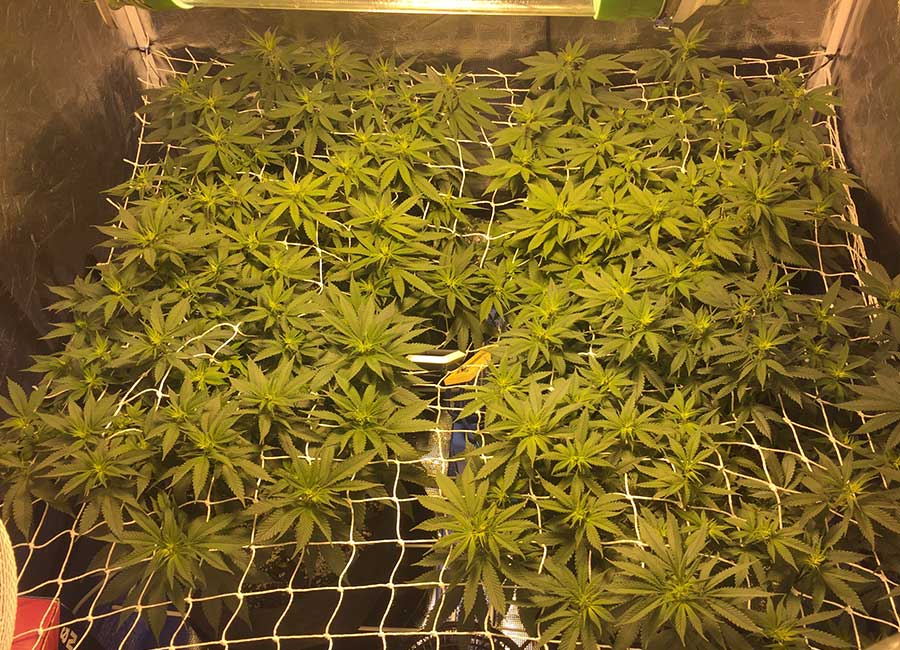
How many plants should I use?
When you change too soon or too early, you may not have enough plant matter to use. Approximately two weeks after the flowering phase, the developing growth is allowed to grow vertically. This allows fan leaves to be pulled down below the net so as much light as possible is available to buds. Each bud site develops vertically at a similar rate, ensuring even light distribution since the canopy should have been fairly even up to this point.
Additional Tips
Generally, the screen should not be over 8″ above the medium or plant base. During the stretch, you fill the screen by tucking your plant’s branches into the voids. Weave your plant’s branches back daily to train them to grow laterally.
Trimming Your Plants – When your plants have formed an even canopy, you need to trim the bottom stems that aren’t receiving light or forming with the canopy in or above the screen. Since light cannot penetrate the lower stems, they’re utilizing nutrients that could be used more effectively.
Depending on the number of plants you have, building a frame or structure around all the plants may be beneficial.
Try bringing it to the lowest possible level (since there isn’t one taller plant that would get burned), therefore maximizing the light intensity.
Often a grower can use 1-2 months of veg growth if they are filling a large SCROG screen. With such long periods of SCROG vegetative growth, a large cannabis root system forms, and the SCROG grower will prefer very large plant containers, perhaps up to 50-100 liters.
An additional tip is to make use of thick, flexible gardening twine to hold branches in place during the SCROG process.
Problems To Look Out For When SCROGGING Cannabis Plants
Don’t tie your branches to the screen too tightly! If you do so, you can restrict your plant’s ability to send nutrients and life force energy through its branches.
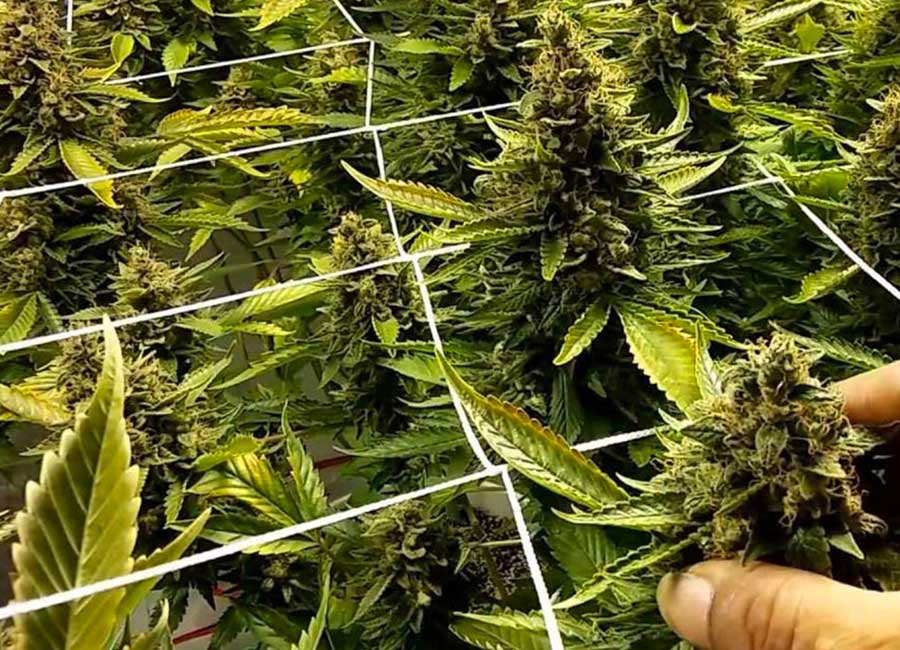
Final Thoughts – SCROG Growing
Scrogging as well as Sea of Green are two low-stress training Cannabis growing techniques. They can both help you maximize your amount and produce higher potency Cannabis with all the terps possible. If you want to take your growing skills to the next level, you need to at least be familiar with both of these growing methods. Scrogging will be the better of the two methods if you live in a state with plant number restrictions. Keep that in mind. All you need to be good at this is a screen, some twine, a little time, and maybe a few fans. You will have multiple bud sites from only a few plants. The extra effort will be worth it when harvest time arrives.
